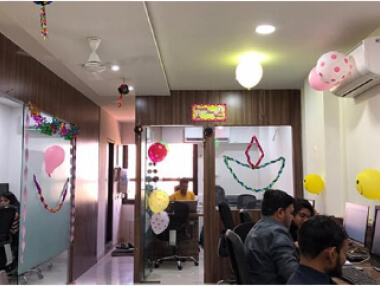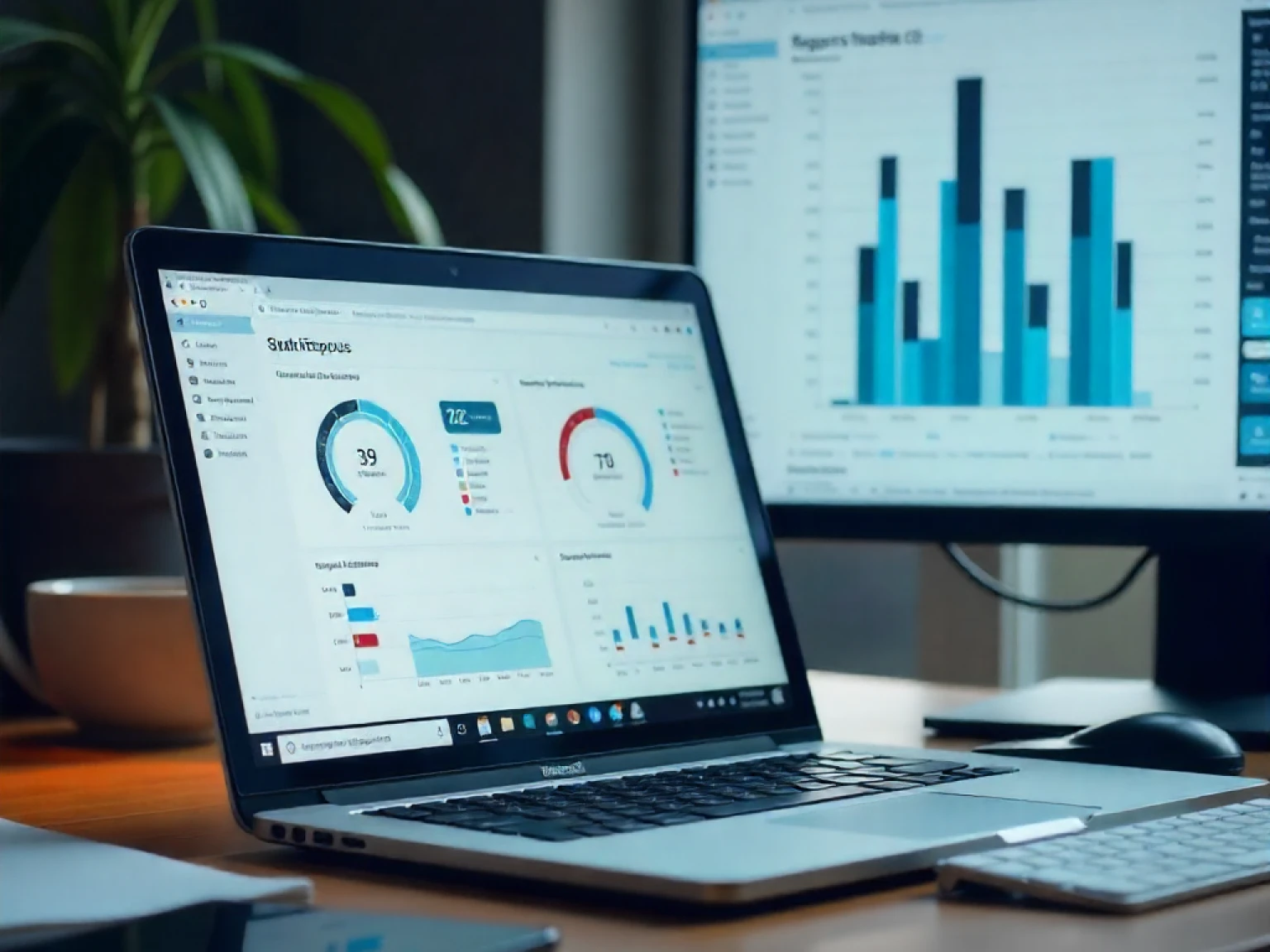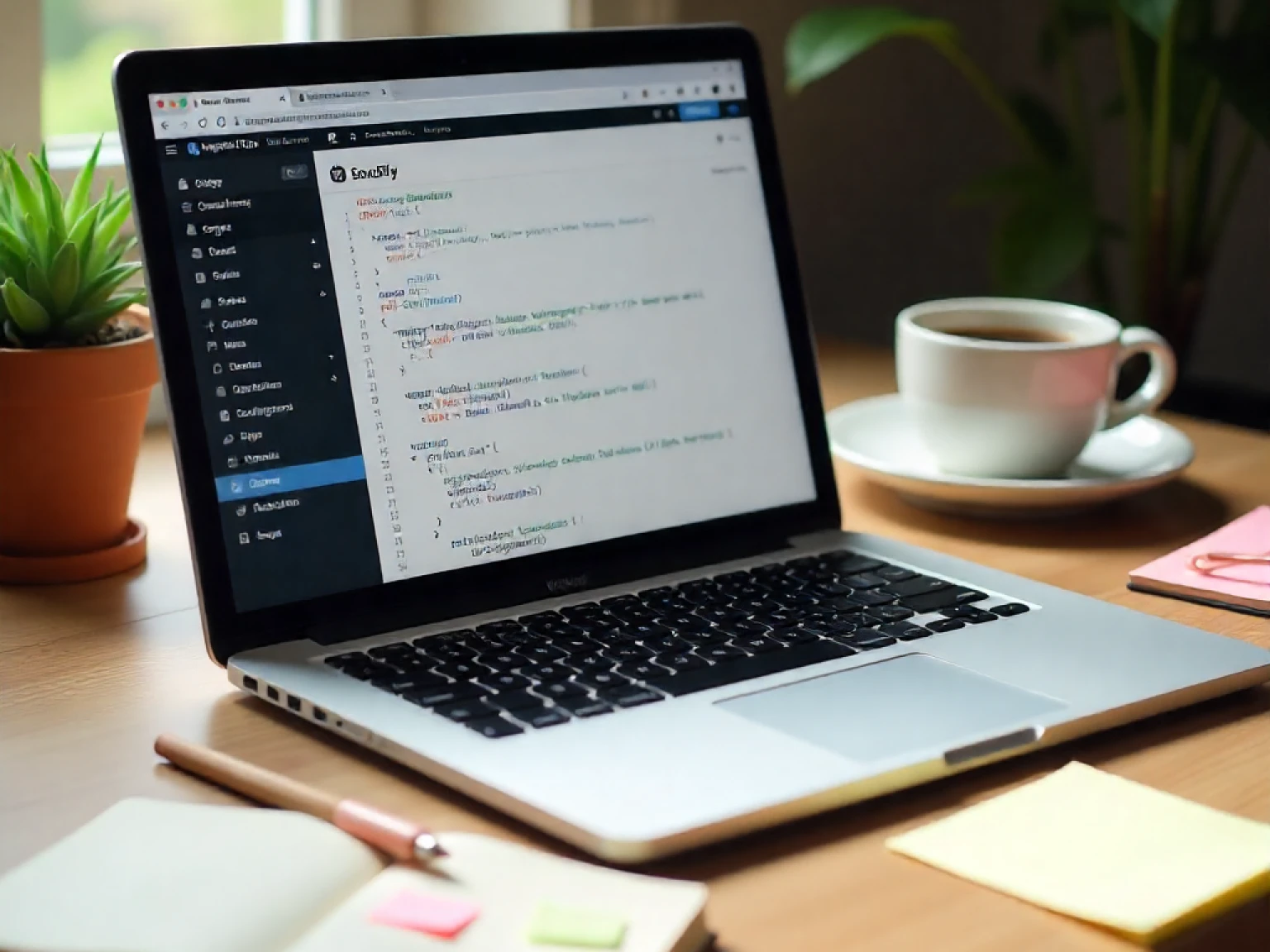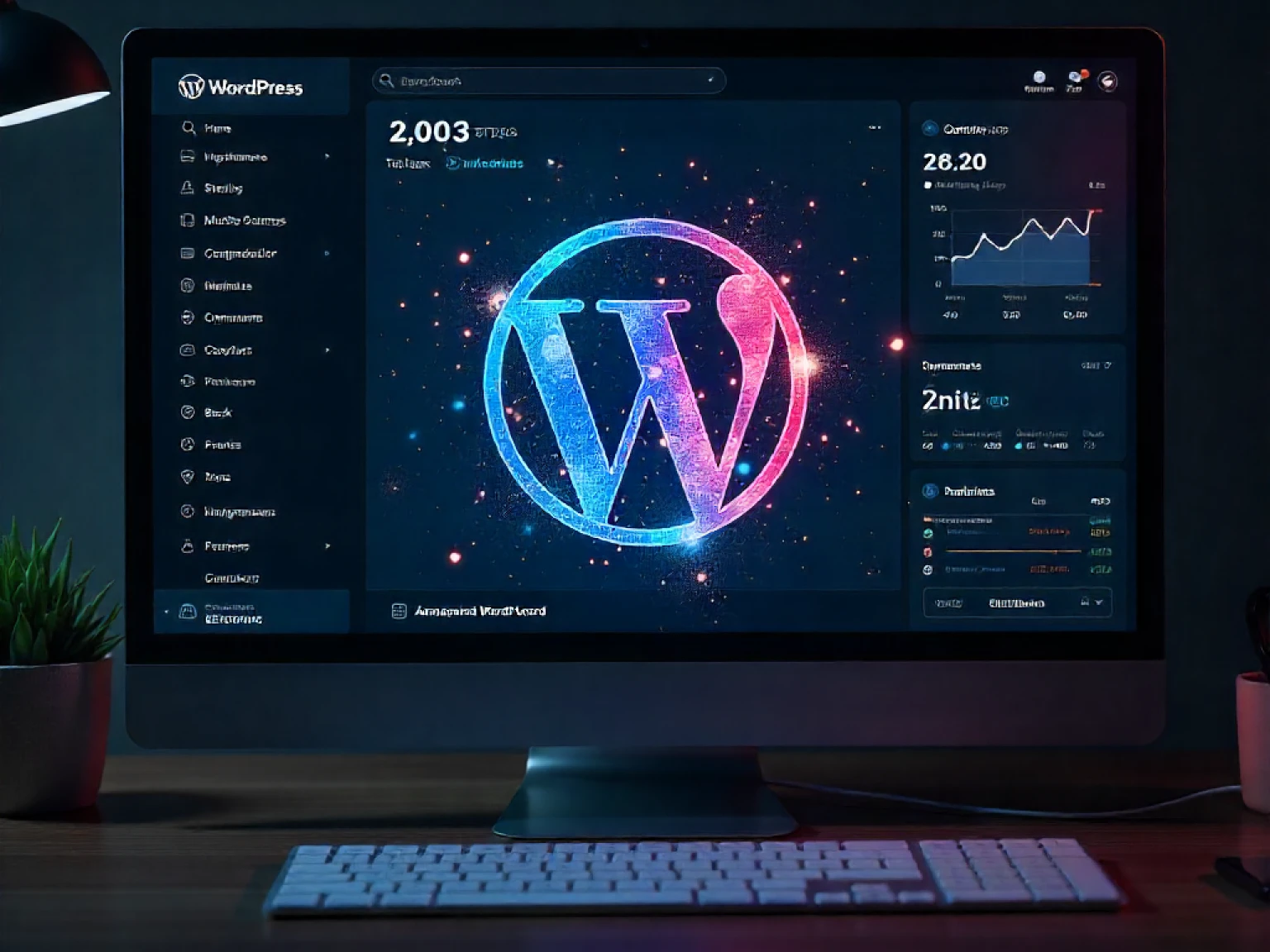Launching a Shopify store is the first step keeping it fast, secure, and conversion-ready is an ongoing responsibility. In 2025, the difference between a stagnant store and a growth engine often comes down to one thing: consistent, professional Shopify maintenance services. These services ensure your site stays updated, safe from vulnerabilities, and optimized for user experience and search engines.
Xceptive Solutions LLP helps brands maintain and scale Shopify stores with proactive audits, performance tuning, security monitoring, and continuous improvements that protect revenue and brand reputation.
What do Shopify maintenance services include?
Shopify maintenance covers a range of technical and strategic tasks performed regularly to keep your store operating at peak efficiency. Typical items in a maintenance program include:
- Theme and app updates
- Security patching and monitoring
- Performance optimization (images, caching, code)
- Bug fixes and functional testing
- Backups and disaster recovery planning
- SEO health checks and content updates
- Uptime monitoring and incident response
Why ongoing maintenance is essential
Many merchants treat a Shopify store like a one-time project build it, launch it, then “check occasionally.” That approach is risky. Regular maintenance preserves the customer experience, safeguards data, and maximizes uptime all of which directly impact revenue.
Here are the top reasons to invest in professional Shopify maintenance services:
1. Protect customer data and your reputation
Security is non-negotiable. While Shopify provides secure infrastructure, apps, custom code, or outdated themes can introduce vulnerabilities. Regular security monitoring and timely patching limit exposure and help you comply with data protection requirements.
2. Maintain fast load times and strong UX
Site speed influences both search rankings and conversions. Research shows even small delays reduce conversion rates. Maintenance tasks like image optimization, script auditing, and app pruning keep pages snappy and reduce bounce rates.
Notes: These are illustrative numbers your results will depend on category, offer, user base and execution. Even conservative uplifts (10–30% in CR/AOV) can pay back a properly scoped custom app in under 12 months for many mid-market merchants.
3. Reduce downtime and prepare for peak traffic
Seasonal promotions and campaigns increase load on your store. Proactive maintenance includes load testing and readiness checks so your store handles traffic spikes without crashing during high-value windows.
4. Ensure compatibility and fewer surprises
Shopify apps and third-party integrations update frequently. Maintenance ensures these integrations remain compatible, preventing broken checkout flows or lost payment functionality.
5. Improve SEO and organic visibility
Broken links, slow pages, and outdated metadata hurt SEO. Regular SEO audits as part of maintenance keep your site indexed properly and competitive in organic search — driving sustainable traffic without continuous ad spend.
What a professional maintenance plan looks like
Professional Shopify maintenance is a combination of scheduled tasks and on-demand support. A typical plan from an agency like Xceptive Solutions LLP may include:
- Monthly performance and security audit
- Weekly backups and monitoring
- Quarterly SEO & accessibility check
- Priority incident response and bug fixes
- Ongoing optimization (A/B tests, speed improvements)
Cost vs. value: the ROI of maintenance (USD)
Many merchants view maintenance as a cost. The smarter view is to treat it as insurance and investment. Typical price ranges in 2025:
- Basic maintenance: $150–$400 / month — suitable for small stores
- Standard maintenance: $400–$1,500 / month — includes performance, security, and small custom fixes
- Advanced / enterprise: $1,500–$6,000+ / month — includes SLA, dedicated support, and optimization programs
Consider this simple ROI scenario: a store doing $100,000 monthly revenue loses 1 hour of downtime during a peak sale due to an outdated plugin and misses $10,000 in orders. A $1,000 monthly maintenance plan that prevents this outage pays for itself in one event.
Comparison: DIY vs Professional Shopify maintenance
| Aspect | DIY | Professional Maintenance |
|---|---|---|
| Time investment | High (owner-managed) | Low (handled by experts) |
| Security coverage | Limited | Comprehensive monitoring & patching |
| Performance | Inconsistent | Proactive optimization |
| Cost | Apparent savings but hidden risk | Predictable and ROI-driven |
| Support | Ad-hoc | SLA-backed response |
Real-world example: Maintenance prevented a major outage
One merchant reached out to Xceptive Solutions LLP after a sudden checkout failure during a flash sale. Our maintenance team identified an app conflict introduced by an automatic update and rolled back the change, applied a hotfix, and restored full functionality within two hours — preventing a potential $25,000 revenue loss. The issue could have been avoided with regular compatibility checks.
Key maintenance tasks that deliver the most impact
- Monthly performance audit: image compression, script optimization, and caching rules.
- Security sweep: review custom code, revoke unnecessary API permissions, update apps.
- Backup & restore test: validated backups and a tested recovery process.
- SEO health check: fix broken links, review schema, and optimize meta tags.
- Checkout audit: test payment gateways and multi-currency flows.
How to choose a Shopify maintenance partner
Not all maintenance providers are equal. When evaluating partners, consider:
- Proven Shopify experience and portfolio
- Transparent SLAs and response times
- Clear pricing and scope (what’s included/excluded)
- Security certifications and data handling policies
- References and case studies demonstrating uptime & improvements
Tip: Ask for a sample monthly report to see how deeply the provider audits performance and security.
Measuring success: KPIs to track during maintenance
To evaluate the effectiveness of maintenance services, track these KPIs over time:
- Uptime percentage
- Page load time / Time to interactive
- Bounce rate and mobile bounce rate
- Conversion rate and checkout completion rate
- Number of security incidents / time to resolution
- Search visibility and organic traffic
Conclusion:
Shopify maintenance services protect revenue, improve customer trust, and unlock better long-term growth. Rather than treating maintenance as an optional expense, consider it a strategic investment that reduces risk, enhances performance, and frees your team to focus on product and marketing.
If you’re ready to keep your Shopify store healthy and competitive, Xceptive Solutions LLP offers tailored maintenance plans that fit small boutiques to large enterprises ensuring continuous performance and security.
Frequently Asked Questions (FAQs)
What are Shopify maintenance services?
Ongoing tasks including updates, security monitoring, backups, performance tuning, and SEO checks to keep your Shopify store running optimally.
How often should I maintain my Shopify store?
Monthly technical checks and weekly monitoring are recommended; critical stores may require daily checks and SLAs.
Can I do maintenance myself?
Small updates are possible DIY, but professional maintenance reduces risk, saves time, and prevents costly errors.
How much do maintenance services cost?
Costs range from $150/month for basic plans to $6,000+/month for enterprise-grade maintenance, depending on scope and SLAs.
Will maintenance improve my store speed?
Yes — regular audits, image optimization, and app pruning significantly improve load times and user experience.
Does maintenance include SEO?
Most professional maintenance packages include periodic SEO health checks and technical fixes.
What happens during an emergency?
Providers with SLAs offer prioritized incident response — often with 24/7 support and disaster recovery plans.
How do I choose the right maintenance provider?
Look for Shopify experience, transparent SLAs, clear deliverables, security practices, and client references.
Can maintenance prevent payment or checkout issues?
Yes — routine testing and compatibility checks reduce the risk of payment failures and checkout interruptions.
Does Xceptive Solutions LLP provide maintenance?
Yes. Xceptive offers comprehensive Shopify maintenance and support plans tailored to your business needs. Visit our maintenance page or contact us to get started.







